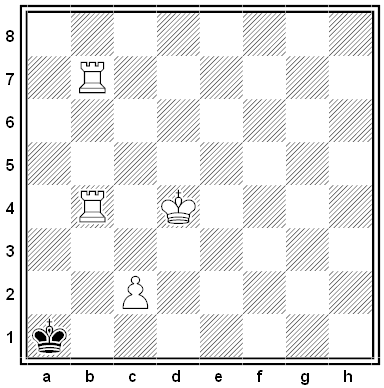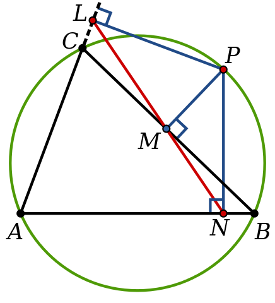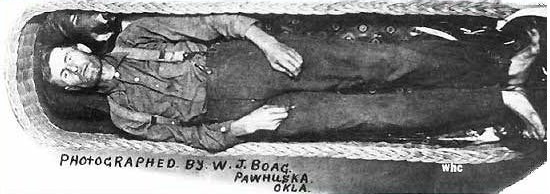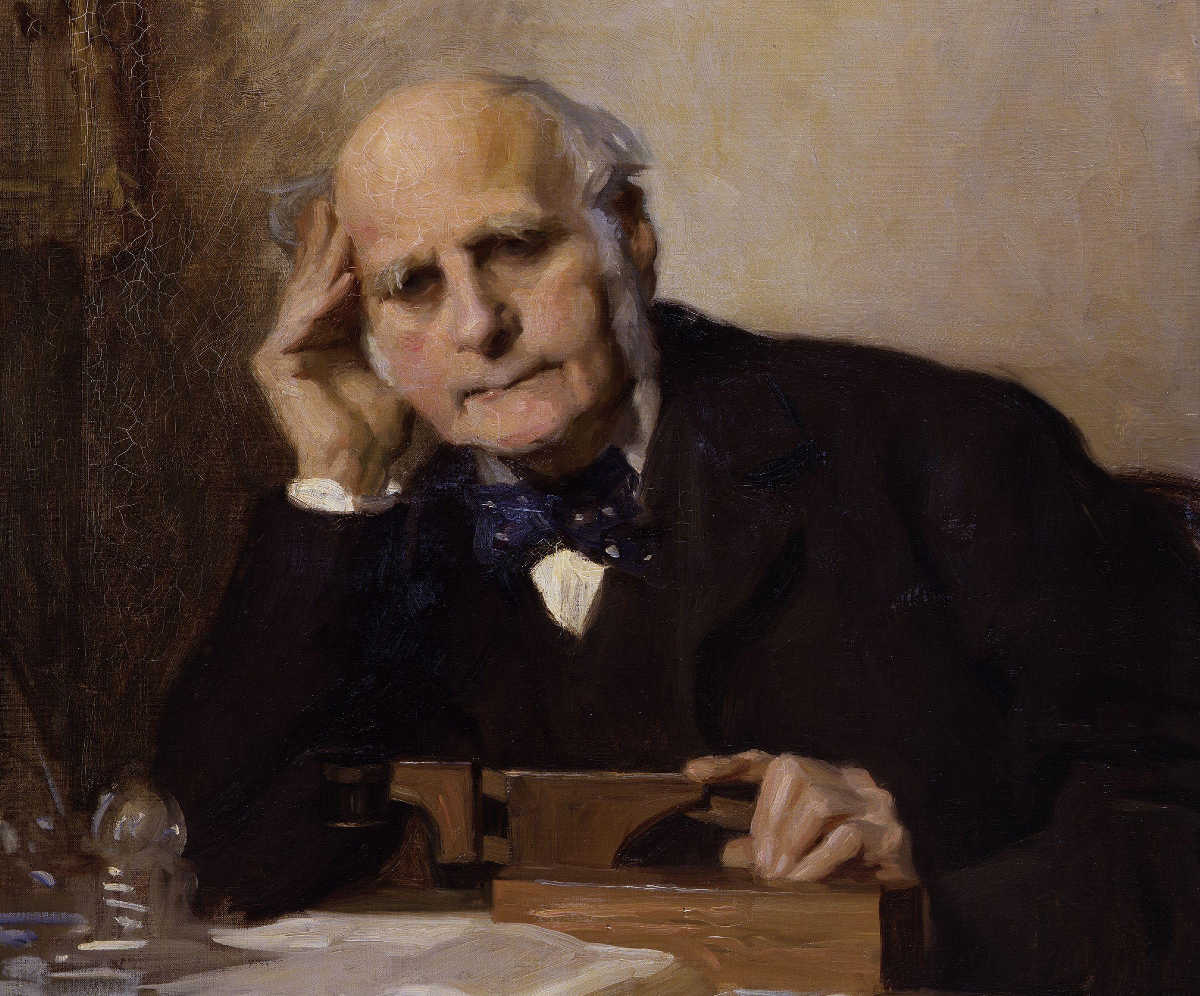In 1987, a Palermo physicist named Stronzo Bestiale published major papers in the Journal of Statistical Physics, the Journal of Chemical Physics, and the proceedings of a meeting of the American Physical Society in Monterey.
Why is this remarkable? Stronzo bestiale is Italian for “total asshole.”
Italian journalist Vito Tartamella wrote to one of “Bestiale’s” co-authors, Lawrence Livermore physicist William G. Hoover, to get the story. Hoover had been developing a sophisticated new computational technique, non-equilibrium molecular dynamics, with Italian physicist Giovanni Ciccotti. He found that the journals he approached refused to publish his papers — the ideas they contained were too innovative. But:
While I was traveling on a flight to Paris, next to me were two Italian women who spoke among themselves, saying continually: ‘Che stronzo (what an asshole)!’, ‘Stronzo bestiale (total asshole)’. Those phrases had stuck in my mind. So, during a CECAM meeting, I asked Ciccotti what they meant. When he explained it to me, I thought that Stronzo Bestiale would have been the perfect co-author for a refused publication. So I decided to submit my papers again, simply by changing the title and adding the name of that author. And the researches were published.
Renato Angelo Ricci, president of the Italian Physical Society, called the joke “an offense to the entire Italian scientific community.” But Hoover had learned a lesson: He thanked “Bestiale” at the end of another 1987 paper, saying that discussions with him had been “particularly useful.”
(From Parolacce, via Language Log. Thanks, Daniel.)










